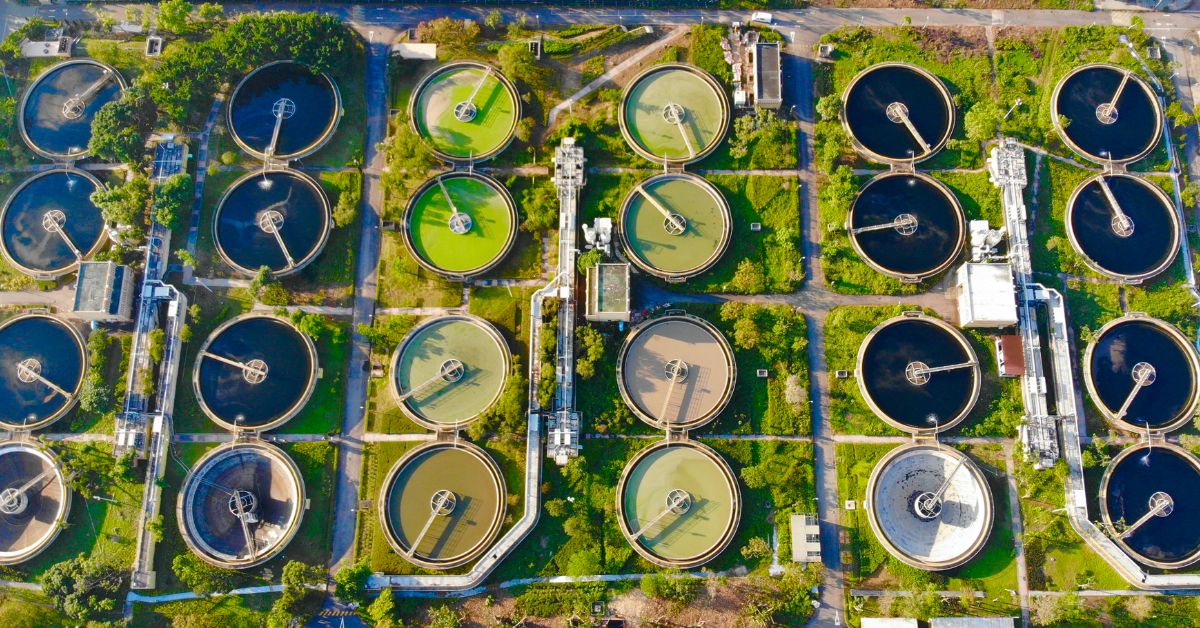Wastewater is a by-product of drinking water being used by people for various purposes in their everyday lives, whether at home or in an industrial setting, which results in changes in its composition and pollution. It is possible to remove the water’s physical, biological, and chemical impurities through Sewage treatment.
Depending on the level of purification the water is to receive, wastewater treatment may comprise several procedures. Processing the leftover liquid can range from straightforward techniques like settling and filtering to more complicated systems like complete water purification. The approach selected will be primarily based on the availability of treatment facilities. Amazing wastewater treatment technologies have been created to take advantage of the increased consumption of clean water. Since humans have harmed water pollution, developing and constructing treatment facilities that completely remove any pollutants is necessary.
When talking about wastewater, it also means the water discharged into sewage lines from restrooms, showers, toilets, and kitchens, among other water sources. Businesses and industries are also included in this group of entities that release unclean water and rainwater.
When treated, the grey or black water resulting from all the conditions mentioned earlier might return to the sources and reapply.
Sewage treatment concept.
When wastewater is processed, a succession of chemical, physical, and biological procedures is applied, and all toxins emitted by individuals, businesses, and rain daily is removed.
The advantage of Sewage treatment is that it can be used to create treated effluent or clean water readily available for reuse. Wastewater is another name for this treatment, which sets it apart from drinking water.
The wastewater comes from various sources, including houses, enterprises, institutions, residences, and industries, and rainwater, as was already noted.
All of them are kept in septic tanks, which are made of pipes or sewer lines and serve the same purpose of collecting them in an area where pumps can send them toward treatment facilities.
Some large companies that produce significant amounts of pollutants are some of the wastewater sources; these sources require a more sophisticated treatment method. Most of the waste is gathered from earlier sources, cleaned, and repurposed. And what is this wastewater treatment?
System for treating sewage
- Solids are first treated by settling.
- The biological process known as secondary treatment converts all of the organic debris that has dissolved in water into suspended solids, allowing rapid removal.
- Additionally, microfiltration and disinfection of lagoons are considered tertiary treatments.
The three treatments listed above are the ones that are applied to all residual fluids to achieve the five main goals, including:
- Reduce water pollution and its negative effects on the environment.
- The promotion of a cleaner environment discourages industrial and urban development.
- Balance the environmental system between contamination and cleanup.
- Complete defense of hazardous chemical substances from entering the atmosphere.
- Defend the territory against heavy pollution.
Sewage treatment methods.
- Although most wastewater treatment facilities follow the three phases outlined in the preceding paragraphs, they are free to select other enhanced procedures or treatments that can be used to improve and clean dirty water. A few of these procedures include:
- The physical process enables the physical modification of the water’s contaminating characteristics.
- The vaporization system aims to remove hazardous particles by evaporation.
- Additionally, sedimentation enables the hazardous solids in the water to be chosen by gravity.
- In this manner, wastewater treatment is completed; it is a labor-intensive operation. Yet the outcomes are worthwhile because a clean, germ-free atmosphere is what the environment deserves.




